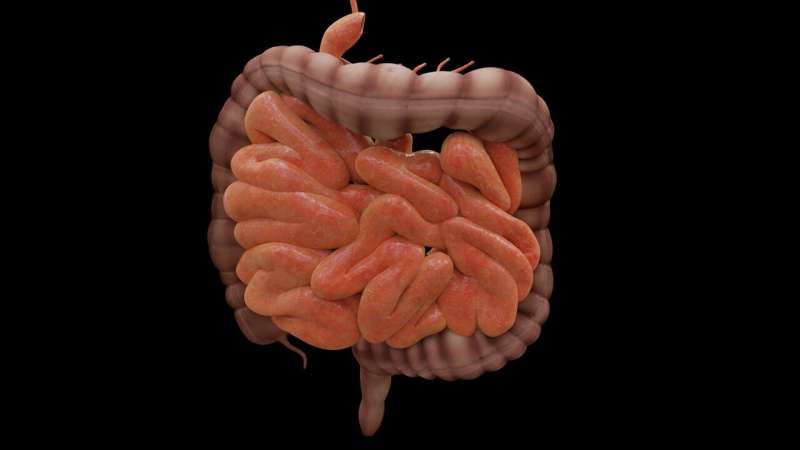When Parental DNA Discrepancies Occur, Embryos Have Self-Correcting Mechanisms

New research reveals how embryos repair mismatches in parental DNA, ensuring proper chromosome segregation and healthy development. This self-correction mechanism may pave the way for innovative fertility therapies.
Successful embryo development depends on complex genetic processes, especially when a sperm fertilizes an egg. One essential step involves reorganizing the parental DNA to create a unified genome, which is crucial before the embryo divides for the first time. Scientists have long recognized that sperm and eggs package their DNA differently, with an assumption that the key regions known as centromeres—responsible for pulling chromosomes apart during cell division—are uniform across maternal and paternal chromosomes. These centromeres are marked by the protein CENPA, which acts as a molecular tag, maintaining their identity through successive cell divisions and generations.
Traditionally, it was believed that maternal and paternal centromeres were similar because they both contained CENPA. However, new research from the University of Michigan challenges this assumption. The team found that sperm cells only deposit a fraction of CENPA compared to the egg, leading to an imbalance in centromere strength between the two sets of chromosomes.
This imbalance could threaten proper chromosome segregation during cell division, potentially resulting in errors like aneuploidy, which causes developmental disorders such as Down syndrome and increases the risk of miscarriage. The question then arises: how does the embryo correct this disparity?
Researchers tracked CENPA levels in maternal and paternal chromosomes during fertilization in mice. They observed that a second protein, CENPC, accumulates preferentially on the father's chromosomes and recruits additional CENPA from the egg's cytoplasm to equalize chromosomal centromere strength before the first cell division. This process appears to be a vital correction mechanism to ensure accurate chromosome segregation.
Interestingly, this phenomenon is not limited to mice; similar CENPA level variations are evident in human embryos. Moreover, CENPA levels vary significantly across individual eggs and individuals, possibly explaining why some embryos develop normally while others encounter developmental issues. The findings open opportunities for future therapies, especially for cases where eggs may have insufficient CENPA levels, potentially preventing chromosomal errors from the outset.
Overall, this study highlights the embryo's remarkable ability to self-correct genetic imbalances, ensuring healthy development despite parental DNA discrepancies.
Stay Updated with Mia's Feed
Get the latest health & wellness insights delivered straight to your inbox.
Related Articles
Understanding the Differentiation of PFAS: A Call for Balanced Policies to Protect Health and Medical Innovation
Experts emphasize the importance of differentiating harmful PFAS from essential fluoropolymers used in medical devices, advocating for balanced policies that protect health without hindering medical advancements.
Fecal Microbiota Transplants: Potential Benefits and Unforeseen Risks
Fecal microbiota transplants show promise for gut health but pose risks due to regional microbiome mismatches. New research highlights the need for targeted microbial therapies to ensure safety and efficacy.
Link Between Premenstrual Symptoms and Increased Cardiovascular Disease Risk
Research reveals a notable link between premenstrual symptoms and a higher risk of cardiovascular diseases, highlighting long-term health considerations for women with PMS.
New Research Reveals Higher Rates of Sleep Apnea in Young Female Athletes
New research reveals that sleep apnea may be more common in young female athletes than previously thought, with potential implications for their cardiovascular health. Learn more about these findings and their significance.



